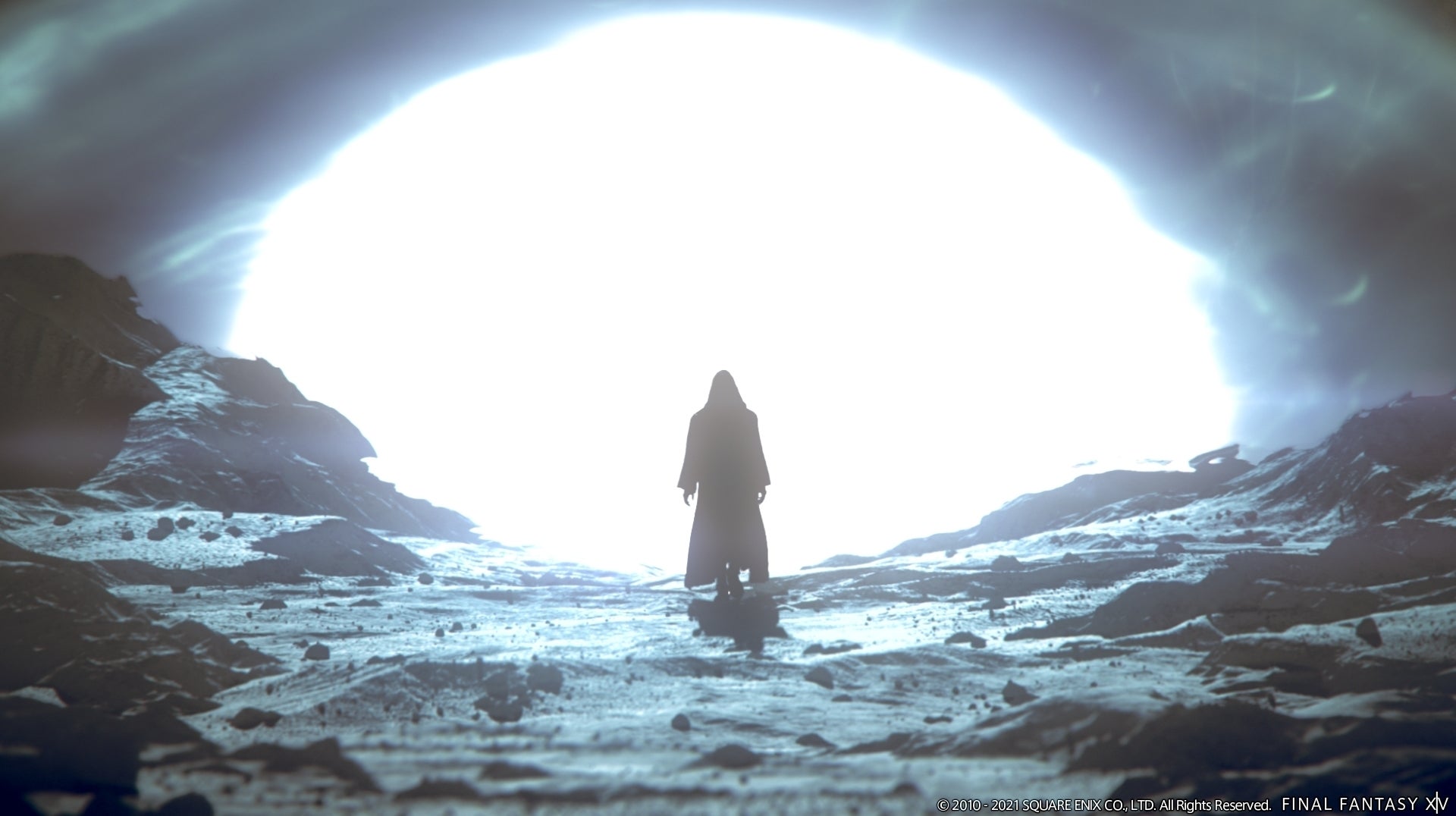Art can take us to whole other universes. Often we want to stay fairly close to home, though. The moon remains the most significant space object in our collective and creative consciousness, from mythology to pop culture, and of course it looms large in video games. Whether as an allusion, a symbol, an actual destination, or even a threat, the moon has played more roles in games than it has phases in the sky.
For a country commonly associated with the rising sun, I personally find it fascinating how significant the moon is in Japanese culture – and how often it makes it into Japanese games as a result. In the wider culture, one of the most popular Japanese mythical figures is Lady Kaguya from The Tale of the Bamboo Cutter, a story about a princess who hails from the moon. There is also a Shinto moon deity called Tsukuyomi. As a child you may have heard stories about the moon being made of cheese, but in Japanese folklore, rabbits live on the moon!
You don’t have to go far back to find a Japanese video game that finds a role for the moon. From Blooborne’s moon to the Blood Moon that shows up in Breath of the Wild and respawns all the monsters in Hyrule, games have given you many reasons to keep an eye on our most famous satellite. Hyrule’s Blood Moon is the moon’s second starring role in the Zelda series, as it happens, following on from the learning moon of Majora’s Mask that seems set to bring about certain doom for the people of Termina.
It’d be a disservice to write about the moon’s influence in games without mentioning cult anti-RPG Moon, ported to Switch last year courtesy of the original game designer Yoshiro Kimura’s Onion Games. At first, Moon simply refers to the traditional JRPG that your protagonist is playing until he is suddenly sucked into its world to find that there’s a ‘hero’ going around killing the inhabitants. It’s only in the second half of the game that you realise there is also a physical moon at play, which you’re tasked with building a rocket to travel to. Once you arrive, it transpires that the souls of the murdered monsters you’ve been saving have actually been transported to its surface as a place of refuge.
Incidentally, in subverting the usual system of levelling up, as you rescue these monster souls and also help the locals, you don’t gain XP but rather Love. That’s interesting because the moon has very close associations with love in Japanese too, and not just because of the romantic atmosphere of a moonlit night. This is because the word for moon ‘Tsuki’ sounds very similar to saying love ‘Suki’. While the exact expression for ‘I love you’ is ‘Aishiteru’, it’s far too serious for Japanese people, who opt for ‘Suki’, even if non-Japanese people might consider this a downgrade. In fact, Japanese novelist Natsume Soseki came up with an indirect but more romantic way of conveying the same feelings by saying “The moon is beautiful”.
But if there’s one series where the moon consistently has a great significance, it’s surely Final Fantasy. Come November, all signs suggest that it will be the setting for the epic climactic finish of Final Fantasy 14 with its Endwalker expansion. Because of this, producer and director Naoki Yoshida was kind enough to take time out of his busy schedule to let me pick his brain on all things moon-related.
Prior to the Endwalker expansion, the moon’s high point in the series is most probably Final Fantasy 4, as our heroes travel to the red moon in the game’s final act, where we learn that Cecil is actually a descendant of the advanced race of Lunarians. Unsurprisingly, fans have wondered if there are any links between the moons of Final Fantasy 4 and Final Fantasy 14’s. “No, there aren’t any overt links,” Yoshida tells me. “For any homage to previous Final Fantasy titles that we incorporate, the setting is always unique to FF14. Some parts may look and feel similar to previous games, but the story is grounded in a different reality and we’re merely borrowing such elements.”
Of course, even before Endwalker, the moon has already cropped up multiple times in Final Fantasy 14. Take Dalamud, the smaller of the two moons orbiting the world of Hydaelyn, which also served as a prison for dreaded Elder Primal Bahamut. In the 1.0 version of the game, this moon changed colour to red, gradually expanding in the sky – it was actually descending – before unleashing Bahamut who would scorch the land of Eorzea, bringing about the apocalyptic events that lead to A Realm Reborn.
Given that Dalamud’s role in the destruction of Eorzea, the way the Warrior of Darkness was first introduced as part of the villainous Ascians’ schemes in Heavensward’s epilogue, and the fact that Stormblood also saw players fighting a Primal called Tsukuyomi (named after the Japanese Shinto moon deity, but also taking design inspirations from Lady Kaguya and rabbits), you’d be forgiven for thinking that the moon has primarily sinister connotations for the Final Fantasy team.
“Why no, I don’t think there’s anything sinister at all,” Yoshida laughs. “Rather, the image of [the moon] being mystical, mysterious and somewhat attractive is stronger for me. In particular, I placed a greater focus on the moon as a place of mystery due to what happened with Dalamud when I was taking charge of FF14. I thought about just what would actually exist there on the Moon of FF14 and about what surprises should await us.”
